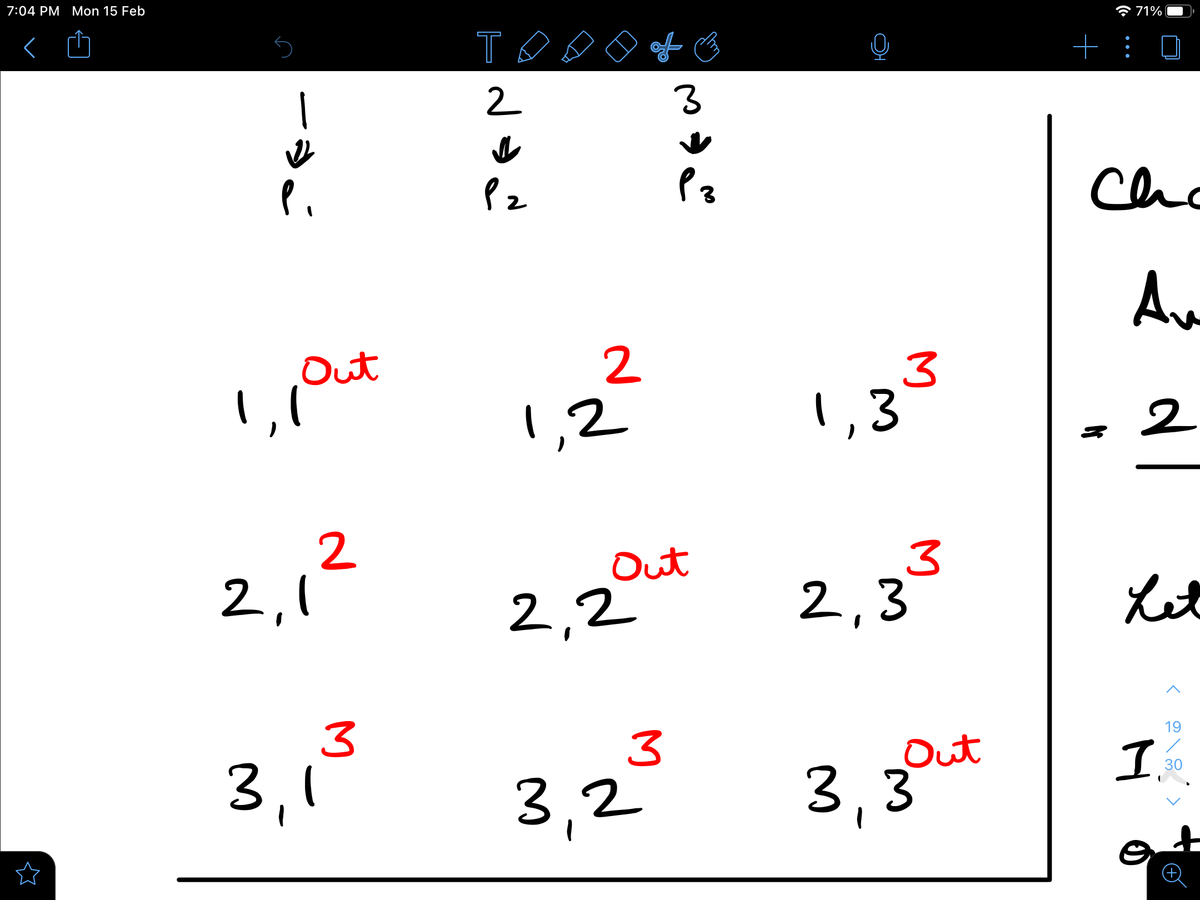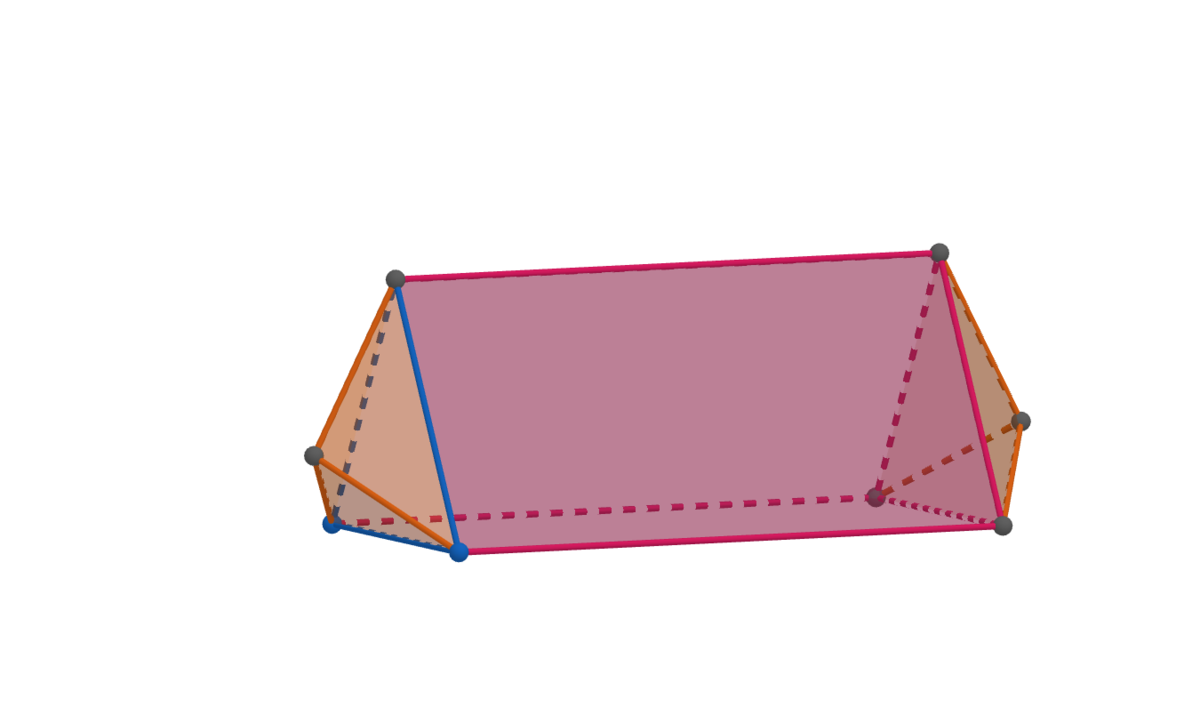A three sided die?
Alex and Xela play the game again (here is the link to the previous problem which contains the game rules and the way to calculate the score) but this time it’s with a custom die made by Alex using a wax mould, and this die just has three faces With the numbers and on its faces. Alex being a little cunning makes the mould of the die in a such a way that the die made will be biased but both the die are equally biased as he has only one mould ( will have the same probability of appearing in both die, same with and ). If the maximum expected score he can get can be represented as ,where are integers and is not a square, enter
Bonus Question 1 : What are the probabilities of and appearing on the dice, when the expected score is the highest?
Bonus Question 2 : Can you make a fair three sided die, if yes show an example, if not explain your reasons
The answer is 21.
This section requires Javascript.
You are seeing this because something didn't load right. We suggest you, (a) try
refreshing the page, (b) enabling javascript if it is disabled on your browser and,
finally, (c)
loading the
non-javascript version of this page
. We're sorry about the hassle.


Let the probabilities of getting 1,2,3 on the dice be p , q , r , so p + q + r = 1
Chance of getting out C is p 2 + q 2 + r 2
Average score A per round if not out is 1 − C 4 p q + 6 q r + 6 p r
Let expected score be X , if one round is over Alex has C chance of being out or 1 − C chance of scoring A and playing on to score the expected score.
So X = 0 ∗ C + ( 1 − C ) ( A + X ) ⇒ C X = A ( 1 − C ) = 4 p q + 6 q r + 6 p r
⇒ X = p 2 + q 2 + r 2 4 p q + 6 q r + 6 p r
We know that at the maximum or minimum of X , it’s partial derivative’s with respect to p , q and r will be all equal to zero
Taking the partial derivative’s and equating to zero we get the following three equations.
2 p ( 4 p q + 6 q r + 6 p r ) = ( 4 q + 6 r ) ( p 2 + q 2 + r 2 ) ➝ 1 2 q ( 4 p q + 6 q r + 6 p r ) = ( 4 p + 6 r ) ( p 2 + q 2 + r 2 ) ➝ 2 2 r ( 4 p q + 6 q r + 6 p r ) = ( 6 q + 6 p ) ( p 2 + q 2 + r 2 ) ➝ 3
Adding all these three equations results in:
2 ( p + q + r ) ( 4 p q + 6 q r + 6 p r ) = ( 1 0 q + 1 0 p + 1 2 r ) ( p 2 + q 2 + r 2 )
Since p + q + r = 1 and X = p 2 + q 2 + r 2 4 p q + 6 q r + 6 p r
We get : X = 5 p + 5 q + 6 r or r = X − 5 and p + q = 6 − X
Rearranging equation 3 we get : X × r = 3 ( p + q ) Substituting for X X ( X − 5 ) = 3 ( 6 − X ) ⇒ X 2 − 2 X − 1 8 = 0 ∴ X = 1 + 1 9 We are ignoring the negative root
r = X − 5 = 1 9 − 4
Since p and q are symmetric in equations 1 and 2 , p = q
p + q = 6 − X = 5 − 1 9 ⇒ p = q = 2 5 − 1 9
Give your ideas for a three faced die down here ↓